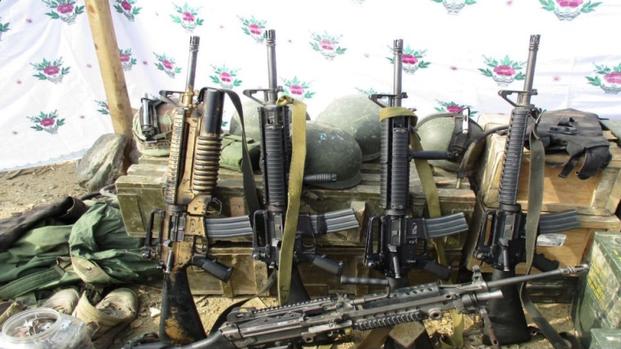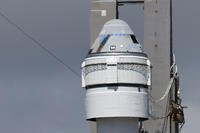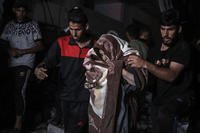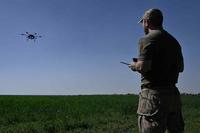Fighters affiliated with the Islamic State in Iraq and Syria, or ISIS, have reportedly stolen more U.S. weapons in Afghanistan, according to new images on social media.
Germany-based WorldOnAlert on Friday tweeted several images of the equipment that purport to show a cache of American-made equipment taken by ISIS from the Afghan Army in the Achin District of Nangarhar Province in the eastern part of the country.
The latest photographs show small arms, mortars, ammunition, helmets, packs and vests, cell phones and identification cards.
%embed1%
The imagery comes less than a week after the SITE Intelligence Group circulated other photographs published by the Islamic State's Amaq news agency depicting another American weapons cache obtained by ISIS.
That trove appeared to include an M72 rocket launcher and barrel for an M240 machine gun, 40mm grenades, smoke grenades, and 5.56mm and 7.76mm rifle rounds, among other items -- even ID cards of U.S. Army Spc. Ryan Jay Larson.
While the Pentagon reported that Larson was alive and well with his unit, the back-to-back reports of weaponry being lost to ISIS raise questions about what exactly is happening on the ground there.
Five U.S. troops were wounded a few weeks ago by small-arms fire and shrapnel while fighting alongside Afghan forces to expel ISIS from strongholds in eastern Nangarhar province, the U.S. commander in Afghanistan, Army Gen. John Nicholson, told reporters on July 26.
One was wounded on July 24 and the other four were wounded in a separate engagement on July 25, the statement said. "I characterize it as a clearing operation," Nicholson said of the effort in Nangarhar called Operation Shafak (Dawn).
They're believed to be the first U.S. casualties in Afghanistan in fighting against a recently rebranded offshoot of the Islamic State of Iraq and Syria called Islamic State-Khorasan Province, or IS-K.
Nicholson said the militant force has been reduced from an estimated 3,000 fighters to about 1,500.
-- Richard Sisk contributed to this report.









